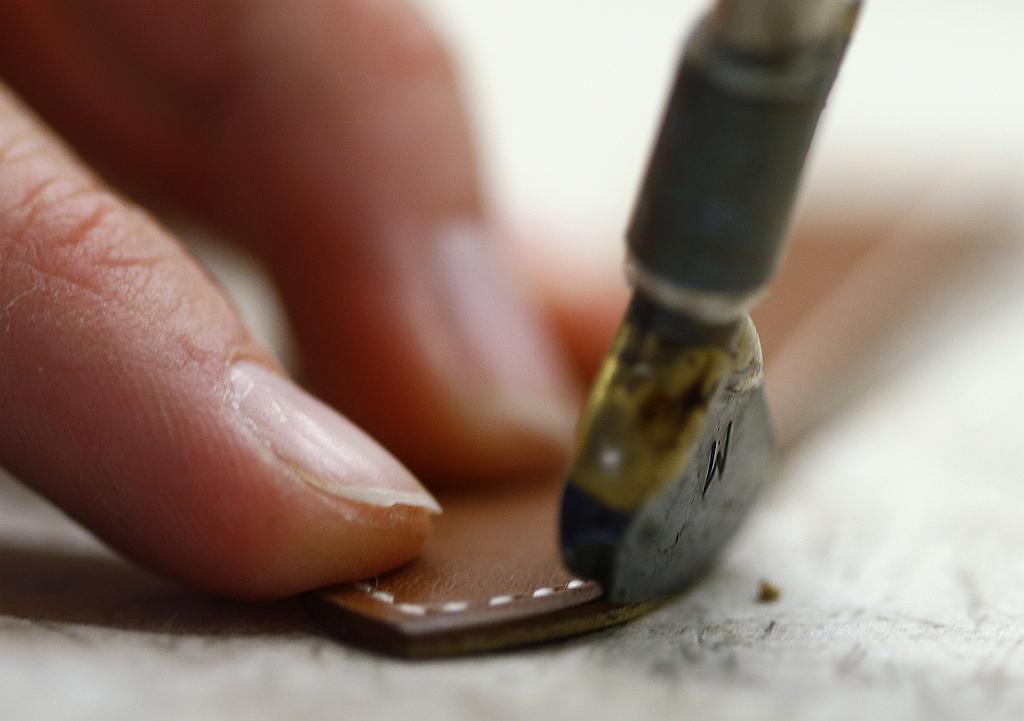
Even though the town of Šoštanj is best known these days for its power plant, it has a history of leathermaking that dates back to the 18th century. Since 2009, it has also been the home to the Museum of the Leather Industry, a profession that once provided a livelihood for thousands.
The museum is housed in the former Šoštanj Leather Factory, but leathermaking in the area precedes the industrial era. The first tannery in the area was established in 1750 by a man named Josip Woschnagg. The business remained in the family for almost two centuries, as it grew from a guild to an industry.
Eventually, leather from Šoštanj, renowned for its quality, was exported throughout Europe and as far away as the United States. But in the 1930s, the leather factory was one of the largest of its kind in Europe. It employed almost 400 people and processed some 100,000 cow hides every year.
When World War II broke out, the owner, Herbert Woschnagg, helped the Partisan resistance and even spent time in the Dachau concentration camp as a result. This did not help him after the war, however, as the factory was confiscated by the Communist authorities.
The arrival of free-market competition and the loss of the Yugoslav market caused the factory to run into financial trouble in the 1990s, and it ceased operations completely in 1999. Several of the factory buildings were torn down, but eventually preservationists, historians, and locals joined forces to advocate for the establishment of a leathermaking museum in the remaining buildings.
The museum opened its doors in 2009. It tells the story of how tannery and leathermaking evolved from a craft to a major industry. Temporary exhibitions examine the development of tanning in other Slovenian leathermaking centers, including the town of Vrhnika. Visitors can examine various machines that were once used in leather factories or explore the process of turning animal hides into the final product.
The museum attracts both locals curious about their town’s heritage and travelers who are interesting in exploring Slovenia beyond the traditional tourist circuit.

































































